
A history through pictures

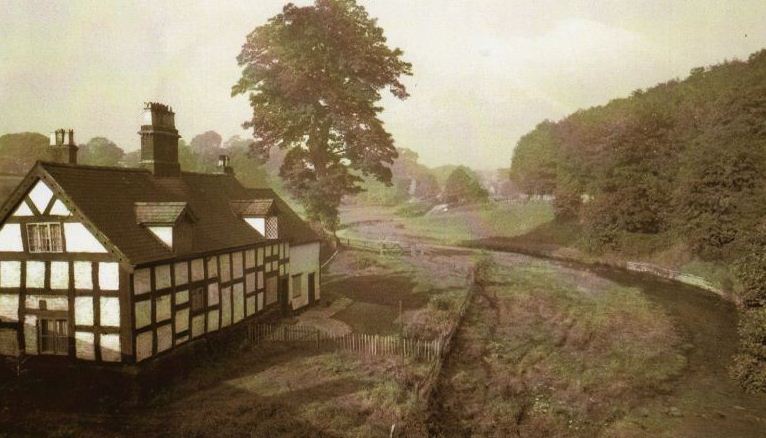



















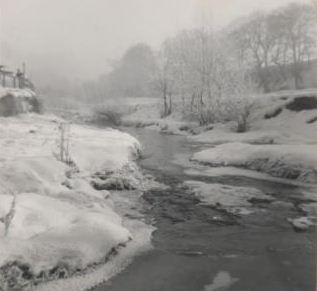
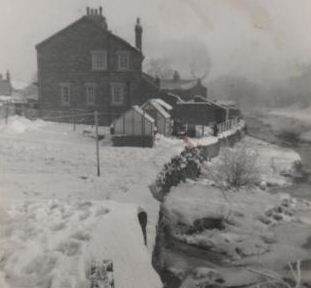
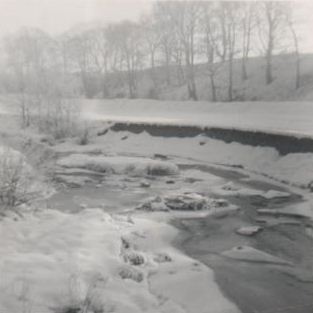






Circa Late 1960’s - River Clywedog in Flood
1949 - Bathing in the River Behind Bersham School (now the Heritage Centre)
1953 - Bersham Bridge House
Circa 1950’s - Bersham Cricket Club
“Danny” Pritchard’s House
1968 - Flood Damage in Bersham
1907 - Bersham in Gwenfro Postcard
1960 - Bersham Mill Stream
Circa Early 1980’s - Smithy Farm
River Clywedog in Flood, Smithy Farm
Bersham United (not sure what position the dog played!)
1936 - Bersham Mill Stream
1936 - Bersham Waterfall, Footbridge and “Steel” Houses
1963/64 - Bersham in the Big freeze
1936 - Bersham Bridge House
1918 - The Ddol, Bersham (Bunkers Hill, top of photograph)
Circa 1890’s - Turkey Paper Mill
Circa Early 1900’s - Pony and trap outside of Squire’s Cottage
Circa 1790’s - Bersham Ironworks (Eastern)
Circa 1790’s - Bersham Ironworks (Western)

1906 Bersham bridge and house
1927 Bersham bridge and house
Bersham Village
Although this website is devoted to the history of Rhostyllen I could not resist a section on the neighbouring village of Bersham!
“There was no village called “Bersham”. “Bersham” was the name of the township and was formerly a member of the free manor of Esclusham.
The village itself was formed by two adjoining groups of cottages.
In 1774 one of these two hamlets was called “Pentre Dybenni” (Dybenni’s Hamlet). Its more modern name was
“Pentre dibynau” (Hamlet of the cliffs).
The other hamlet was a cluster of cottages sometimes called “Dol Cuhelyn” (Cuhelyn’s Meadow), sometimes “Dol Cae Heilyn” (Meadow of Heilyn’s field).
It is now known as “The Ddol” - (Source A N Palmer 1903).
“The village holds special importance for economic historians, for not only did it house the workshops of the skilled Davies brothers, it was one of the cradles of the Industrial Revolution. This is the place where British iron making began in 1670, where smelting iron ore with coke began in 1721, and where John Wilkinson, the 'Iron Mad' pioneer of the Industrial Revolution, set up shop in 1761. For many years the area was one of the most important iron manufacturing centres in the world. The Bersham Ironworks Museum tells the story of the man who bored cannon for the American War of Independence and cylinders for James Watt's revolutionary steam engine that changed the face of the world” – (Source Wikipedia).
As a child I had a paper round in the village and I remember there being a shop and a chapel. Many of its older residents told me that it was such an idyllic place before the A483 was driven straight through its heart.


Circa Early 1980’s - Bersham Mill Stream
1911 - The “Russian” Waterfall (Plas Power Woods)



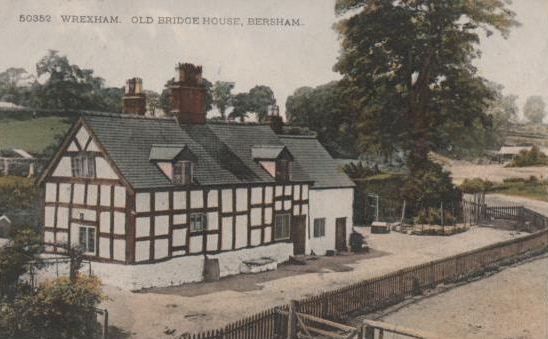




1950’s Bersham (before the A483) looking from the Argie towards the Bridge House
Peter Baker, Arthur Edwards, Ken Pritchard, Rees Thomas and Eric ( Cedric ) Weir.
Bersham Argie (before the A483 was built) Circa Mid 1960’s

1969 - Bersham from where the A483 is now

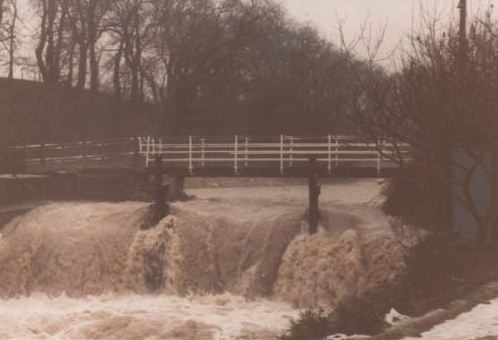

Bersham Footbridge in Flood

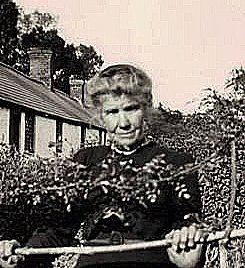



Bersham Bridge House from where the A483 is now situated
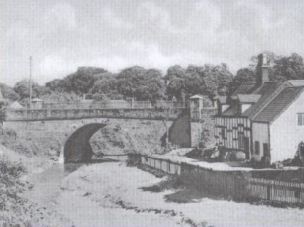



1909 - Bersham Bridge House


1960’s - Top School and Bunkers Hill (taken from the field near to the Machine House)
“Top school is the large stone building in the centre of the picture, the caretakers house is the smaller one attached this side of it with 5 windows, 1 door, Top school was not attached to the other part of the school now known as the heritage centre, we had to walk outside to get from one to the other” (Ken Pritchard).


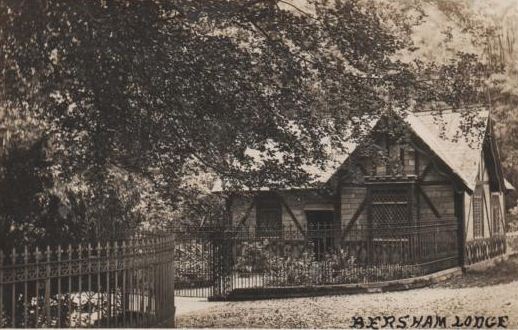

This man would be looking roughly towards the Bridge House, Bersham, with Top School and the caretakers house in the background. To the right of the horses is the wood and beyond would be the 48 steps leading to Station Road. He's on the junction of Bersham Road and Plas Buckley Road. As you go down the hill into Bersham from Rhostyllen, he would be standing on the left as you go over the bridge.



1936 - Bersham Bridge House









1957 - Bersham Fete (held on Rhostyllen football pitch) with the the old Vicarage in the background (now demolished)


Taken at the Argie in Bersham
Repairing the step waterfall after a flood
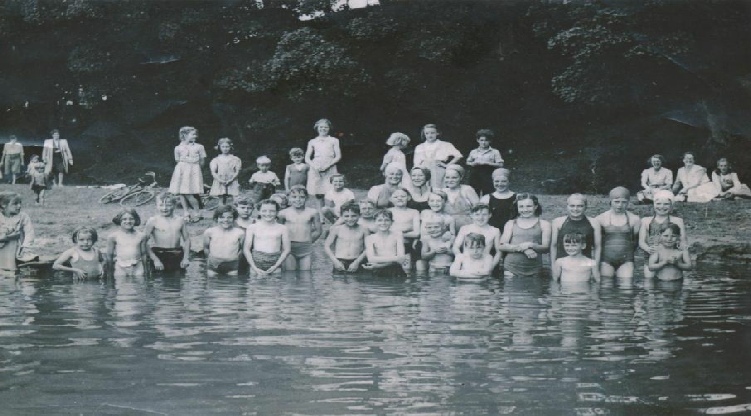

1936 Bersham Bridge House Garden


Bersham Garden Party August 1983 at Mair’s House, opened by Caenwen


1955 Bersham Church Sunday School with Mrs Ingham
Mid 1950’s - Bersham Rose Queen Fete on Rhostyllen football pitch with the Old Vicarage in the background

Bersham School from Machine House Hill







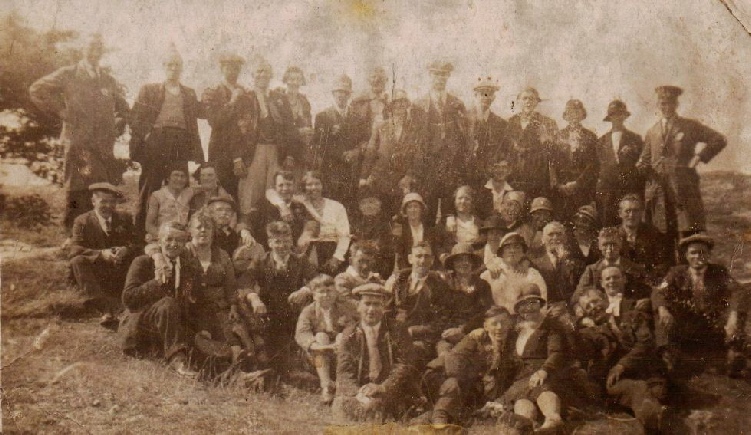
Early 1900’s - Bersham Pub Regulars


29/07/1949 - Children enjoying their school holidays at Bersham Waterfall
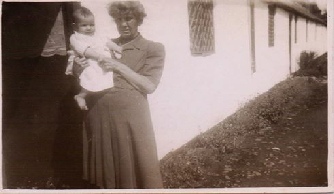
“I think that the little lad on the right, 3rd row back from the front, in braces, is my late husband Elwyn Evans, son of Orville and May of Trevor Avenue” Ann Evans.
“The 1983 coloured photo of Mair's garden party shows : Mrs Seth Hughes in foreground (seated) the lady in white sitting on grass is my sister Heulwen Sandford-Evans with my other sister Christine standing with her daughters Alexandra and Catriona” - Geraint Lloyd
“Den Jones seems to be organising games (in blue) while Mrs Eardley is standing on left with arms folded. Gaynor Williams is watching from the right” - Geraint Lloyd
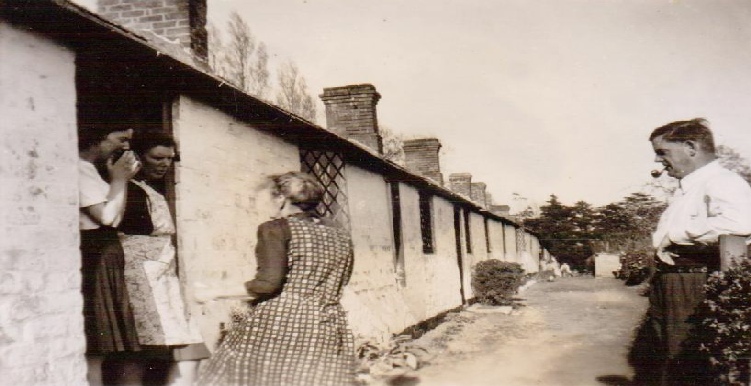

2015 - Bersham Bridge House

1928 - Bersham Bridge House


1940’s - The lady in this photograph is thought to be Mrs Thomas from Mill Farm?

1916 - Bunkers Hill Wedding
“Here is a photo of my Taid Wrecsam marrying Amy outside Bunkers Hill about 1916. Sadly Amy died in childbirth a few years later. Taid then married Amy's sister Ada who was my grandmother. She is the lady sitting in the middle row to the right of the bride” - Anita Butler


Rose Cottage (which was situated close to the White House, Bersham) now demolished
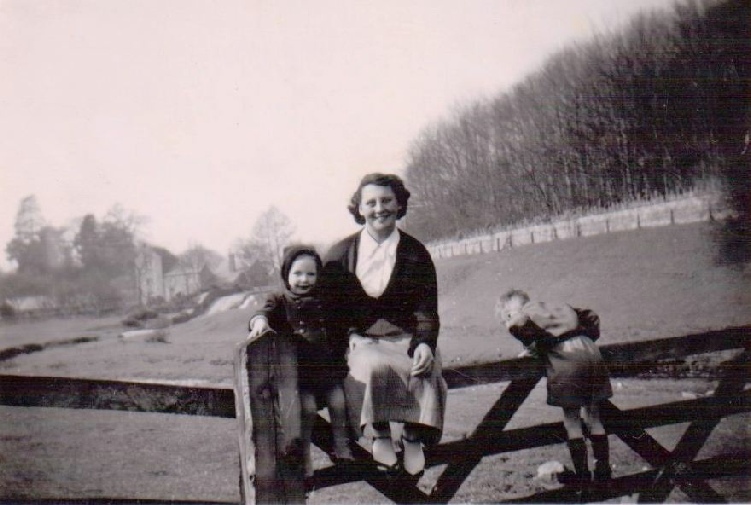
1953 - “In the garden of the Bridge House, Bersham with the original Smithy Farm building in the background” - Ken Pritchard
Bersham Flyover and By Pass Building (circa early 1970’s)
The man who took these photographs in the early 1970’s was Fritz Franke. He, his wife Joan and two daughters lived in the Bridge House, Bersham from the early 1950’s to the late 1980’s. His daughter is Susanne and it was his son in law Ken Pritchard who kindly supplied the photographs.








A massive thank you to Susanne and Ken Pritchard for sharing these photographs.



1950’s - (Before the By Pass and the Flyover)


1980’s - The Step Waterfall when the river burst its banks
The Stepped Waterfall Story
The construction date of this weir is uncertain but it may have been built in medieval times. Another theory is that it was built around 1763.
The purpose of the weir was to provide a head of water at the leat take off point.
To the right of the weir is the sluice gate which controlled the flow of water along the leat to the corn mill and after that the ironworks.
The steps were built in the early 1900’s. The rumour is that they were built by Russian prisoners of war, thus the local name the ‘Russian Steps’.
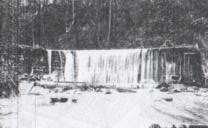

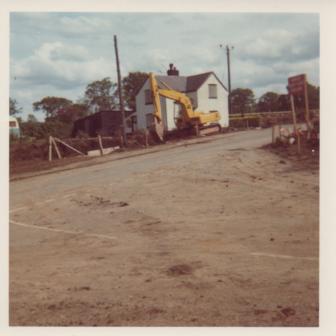


More Bersham Flyover and By Pass Building (circa early 1970’s)
Looking North towards where the fly over is now situated. Bersham Bridge House is on the right.
This photograph shows part of the old lane that used to go past Bryntirion and then on to the White House. The Machine House is in the background.
Looking south from the old lane to where the sunken part of the bypass is now situated.
This photograph is of the river being diverted to enable the flyover to be built directly above.
Photographs kindly supplied by Annette McCarthy

Many thanks go to Annette McCarthy for sharing these photographs with me.
1 – George Williams (outside Bunkers Hill Cottages), 2 – Howell Williams (of Celmar Grove) & Reg Williams in Bersham, 3 – Howell, Reg & Rex (the dog), Mill Terrace, 4 – Bob Williams (Bersham Argae before flyover), 5 - Jean Souton (Bersham Argae before flyover), 6 - Alfred & Reg Williams (Bunkers Hill). 7 – Reg & Fred Agaphonoff (Bersham Argae). 8 – Morris Cowley parked outside 1 Pen Y Ddoll. 9 – Step waterfall.
Bersham Memories from the 1930’s & 1940”s
1968 - When the open cast wall gave way and flooded Bersham village





Humphrey Norgrove, Den Pritchard and Daniel Norgrove
1953 - The ‘Old’ Bersham Legion
(this was the house that formerly occupied the site of the current Bersham Legion building and grounds, known locally as Colonel Mingey’s house)
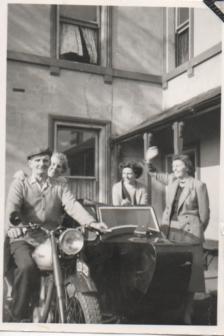





“These photographs are of the Old Legion when my Grandad and Nanny (Albert & Amy Pritchard) used to keep it. Among those featured are my Mum Brenda and Father Joe, Aunty Doreen and Uncle Ken and the dogs (Peggy and Ripp)” -Pat Williams



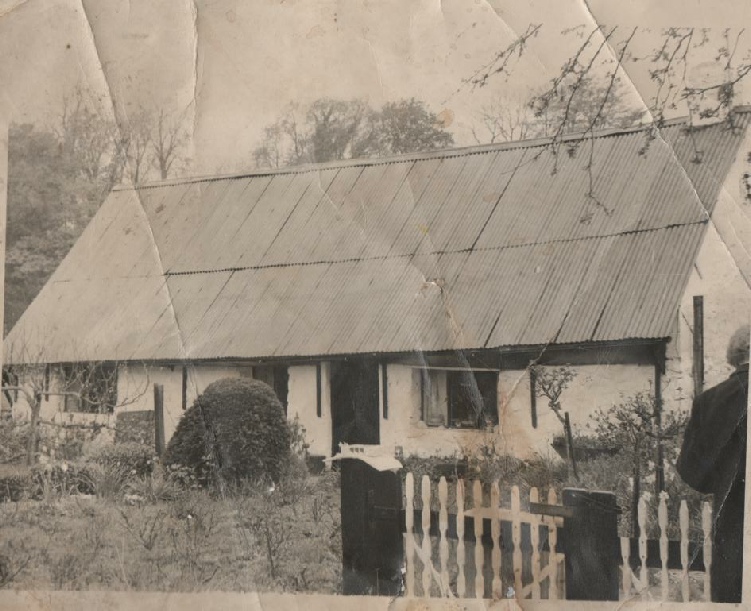

Pat, Lyn and Julie’s Nan and Grandad
Joe Williams and Brenda Pritchard’s wedding day
Nance Young (nee Pritchard) pictured outside of Bunker’s Hill where she used to keep pigs in the garden
Squire’s Cottage (Bersham Pentre)
Smith’s Old Shop (Bersham Pentre)
A big thank you goes to Pat Williams for supplying all of the photographs

The White House - Bersham


Bersham Village in the snow (Taken from where the A483 is now situated)











































































































































